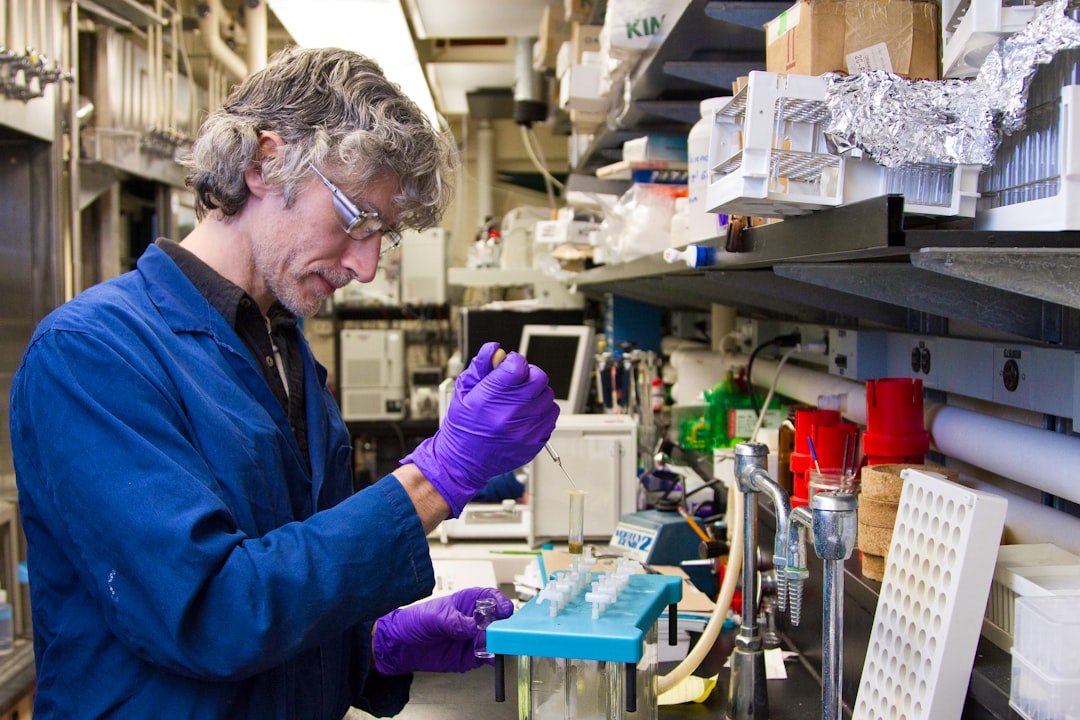
Purpose: This paper predicted the direct relationship between the four indicators of “Financial Inclusion” and “GDP per-capita” of the country. Previous studies presented in this scenario are qualitative in nature.
Research methodology: In this paper, “step-wise multiple linear regression” is used to establish the cause-and-effect relationship between the four indicators of “financial inclusion”; “Deposit accounts per 1000 population”; “Number of credit accounts per 1,000 people”; “Bank branches per 100,000 of adult population”, and “ATMs per 100,000 of adult population” and “GDP per capita”.
Results: Regression model showed only “Credit accounts per 1,000 people” have a significant relationship with the “GDP per capita”. In this article, secondary data were obtained from the RBI website and the reports of International financial institutes.
Limitations: Data on “ATMs” and “Bank branches per 100,000 of the adult population” is not present before 2004, decreasing the depth of analysis.
Contribution: There is a cause-and-effect relationship between the country's “GDP per capita” and the “F.I.” “Credit accounts per 1,000 people” only have a significant relationship with GDP per capita, so the change in the number of credit account will show a change in GDP per capita for Indian economy.
Keywords: Financial inclusion (F.I), GDP (Gross Domestic Product) per capita, Deposit accounts, Credit accounts, ATMs (Automated Teller Machines), Bank branches



